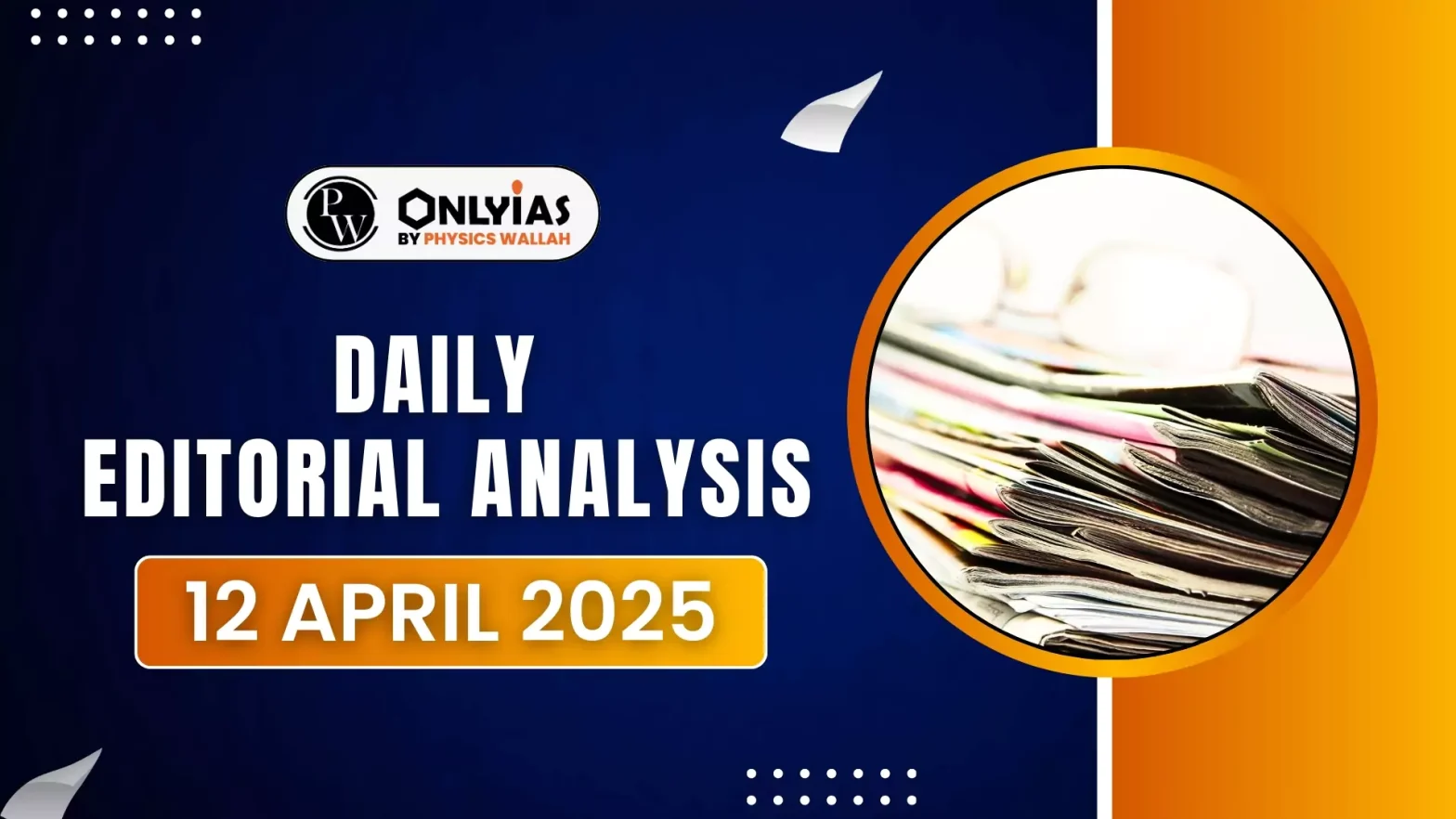India’s National Education Policy (NEP) aims to dismantle the fragmented and siloed structure of higher education by establishing large multidisciplinary institutions. The goal is to shift pedagogy towards communication, discussion, debate, research, and foster cross-disciplinary and interdisciplinary thinking.
Understanding the Key Concepts
- Multidisciplinarity: Involves the coexistence of multiple disciplines within a programme or institution, without meaningful interaction. Each discipline maintains its own methodology and perspective.
- Cross-Disciplinarity: Encourages collaboration between disciplines without fully integrating their methods or knowledge bases. It fosters dialogue and cooperation—e.g., an educationist and an economist co-authoring an article.
- Interdisciplinarity: Goes further by integrating methods, concepts, and theories from different disciplines to solve complex real-world problems. It requires synthesis and a breakdown of disciplinary boundaries.
Multidisciplinary Campuses
- Phasing Out Single-Stream Institutions: A key step towards transformation is phasing out single-stream institutions and replacing them with multidisciplinary campuses. This can be done in two ways:
- Expanding Existing Institutions: Example: IITs incorporating humanities and social sciences, offering integrated master’s programmes in economics and allied disciplines.
- Creating University Clusters: Combining nearby institutions—e.g., commerce, arts, and science colleges—to form cluster universities.
- Requires more than academic collaboration; administrative integration is crucial.
- AISHE Data: While clustering is cost-effective and time-efficient, 35% of undergraduate colleges are single-stream (per All India Survey of Higher Education 2020–21), many being B.Ed. colleges, limiting viable clustering opportunities.
- NEP Goal: To meet NEP’s goal of “at least one multidisciplinary university in or near every district” by 2030, new institutions must be established.
- Centralized Campuses Preferred: A single campus per district is more efficient than one institution managing multiple district-level campuses.
- Research shows that multi-campus public universities face lower research efficiency due to administrative burdens.
Reimagining the University of the Future
- Beyond a Collection of Departments: The university of the future must be more than a sum of departments. It needs:
- Faculty open to collaboration and diverse perspectives.
- Students are exposed to multiple disciplines from early on.
- Institutional support for cross-disciplinary research and teaching.
- Cultivating Future Faculty and Researchers
- Start with Cross-Disciplinary Courses: Students take courses outside their core discipline.
- Example: A course like “Economic Changes and Class Structures in Indian Cinema” co-taught by faculty in economics, sociology, and film studies.
- Move Towards Cross-Disciplinary Projects: Encourage faculty and students to collaborate across departments to solve complex issues.
Need for Long-Term Investment
- Sustaining cross-disciplinary and interdisciplinary education requires dedicated funding. A strong model is the National Science Foundation’s (NSF) Integrative Graduate Education and Research Traineeship (IGERT) programme in the U.S., which funds training for future faculty and researchers in interdisciplinary environments.
- Participants develop both depth in a major field and breadth across disciplines.
Challenges
- Limitations in Practice: While cross-disciplinary collaboration often succeeds in STEM fields (e.g., biotech, medicine, chemistry), other disciplines like engineering and architecture face challenges:
- Difficulty in publishing interdisciplinary research.
- Misalignment with disciplinary-based hiring and promotion structures.
- Limited academic job opportunities for those with interdisciplinary backgrounds.
- Rethinking the Ecosystem: To prevent interdisciplinary practice from reverting to traditional silos, there must be:
- Reforms in faculty recruitment and promotions.
- New funding models and publication venues for interdisciplinary research.
- An overhaul of existing regulatory frameworks.
- High Costs, Gradual Implementation: This transformation will involve significant costs, spread over several years, and will require reprioritising public spending.
- Challenge Ahead: India is attempting to replicate aspects of the American higher education model, which evolved organically over a century in a competitive and lightly regulated environment.
- Achieving similar results in a shorter timeframe will require careful governance, sustained investment, and structural reforms.
Conclusion
Realizing the NEP’s vision means more than creating multidisciplinary institutions—it involves a cultural, pedagogical, and structural transformation. Cross-disciplinary education and integrated research frameworks must become the new norm, not the exception. With strategic investments, policy support, and institutional innovation, India can create a vibrant, future-ready higher education ecosystem.
![]() 12 Apr 2025
12 Apr 2025

